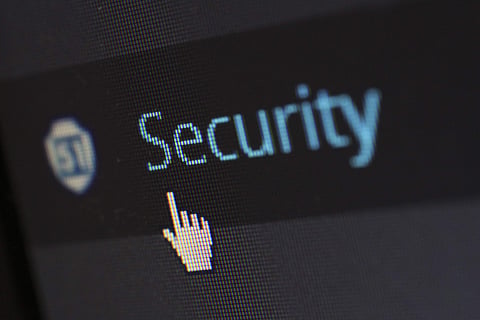

While last week's government order on snooping caused an uproar, the Centre's plans for a far-reaching monitoring system have been in the making for almost a decade -- with the groundwork being done by the previous UPA regime. The recently released 2017-18 annual report of the Centre for Development of Telematics (C-DOT) says that India’s ‘Central Monitoring System’ (CMS) is “practically complete”, confirming that the Orwellian ‘Big Brother’ is here.
The report says that surveillance equipment is being rolled out in 21 service areas across the country and operations have commenced in 12 service areas. The system will monitor and intercept calls and messages.
The government claims the CMS is based on the Telegraph Act of 1885 which states that the central or state government may intercept messages if the government is “satisfied that it is necessary or expedient to do so in the interests of the sovereignty and integrity of India, the security of the state, friendly relations with foreign states or public order or for preventing incitement to the commission of an offence.”
Even though the surveillance system was publicly announced in 2009, C-DOT’s annual report of 2007-2008 had hinted at a testing phase for a “lawful interception, monitoring” system.
A post from the website of the Centre for Internet and Society describes how the CMS could work. Network providers are all required to give the interconnected Regional Monitoring Centres access to their network servers. The article also points out that there is no law that describes the CMS.
The CMS was approved by the Cabinet Committee on Security during the UPA government in 2011, receiving flak from experts and the press for not safeguarding the citizen’s right to privacy. However, in a Lok Sabha session in May 2016, Telecom Minister Ravi Shankar Prasad said that the system is for the “process of lawful interception”, adding that regional monitoring centres in Delhi and Mumbai had been operationalised.
The latest C-DOT report also talks about a Centre of Excellence for Lawful Interception being set up, which would use high-end technologies - such as open source intelligence, image processing and search engine tools to scan Twitter and Facebook - for surveillance.
On Thursday, the Ministry of Home Affairs released a notification, authorising 10 central agencies to intercept, monitor and decrypt any "information generated, transmitted, received or stored in any computer." While the public and opposition parties expressed alarm over the new order, the C-DOT report clearly shows that state surveillance plans are already in an advanced stage.
These government moves are taking place despite the August 2017 landmark judgement by the Supreme Court, which declared the right to privacy as a fundamental right which will protect citizens from intrusive activities by the state.